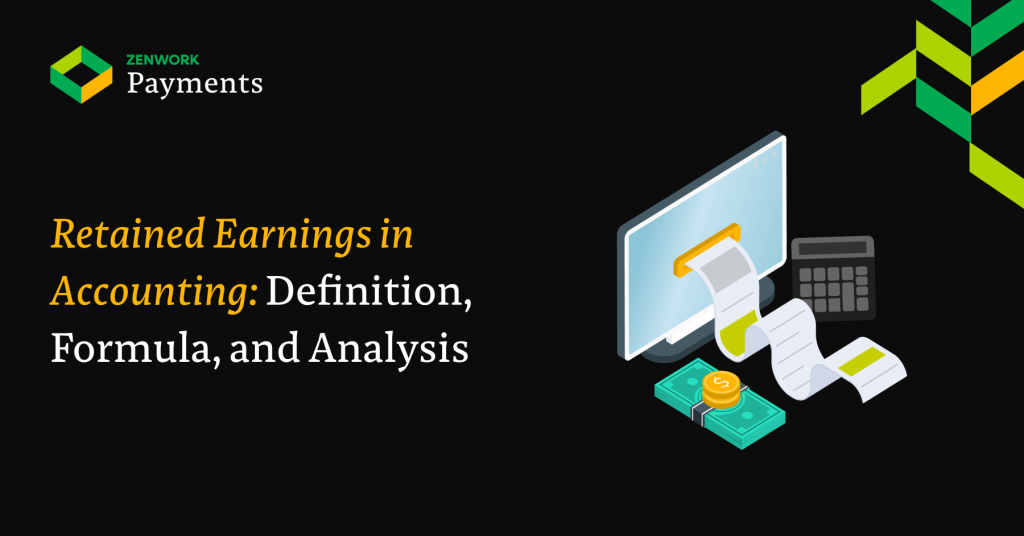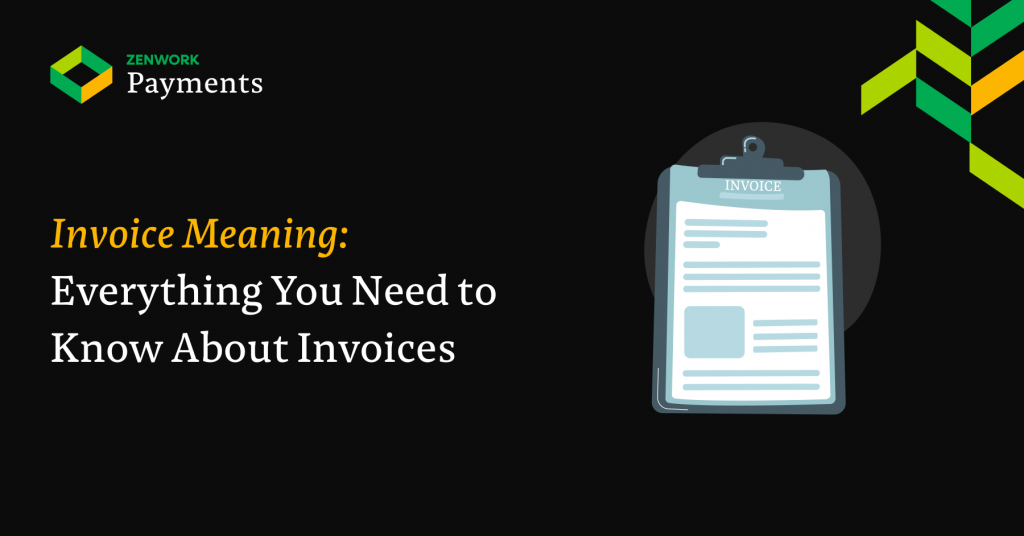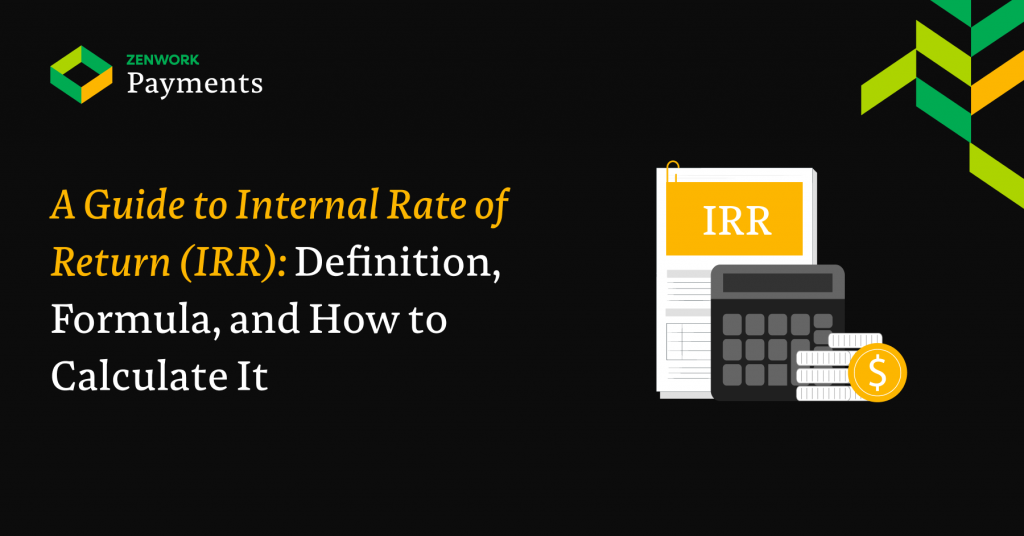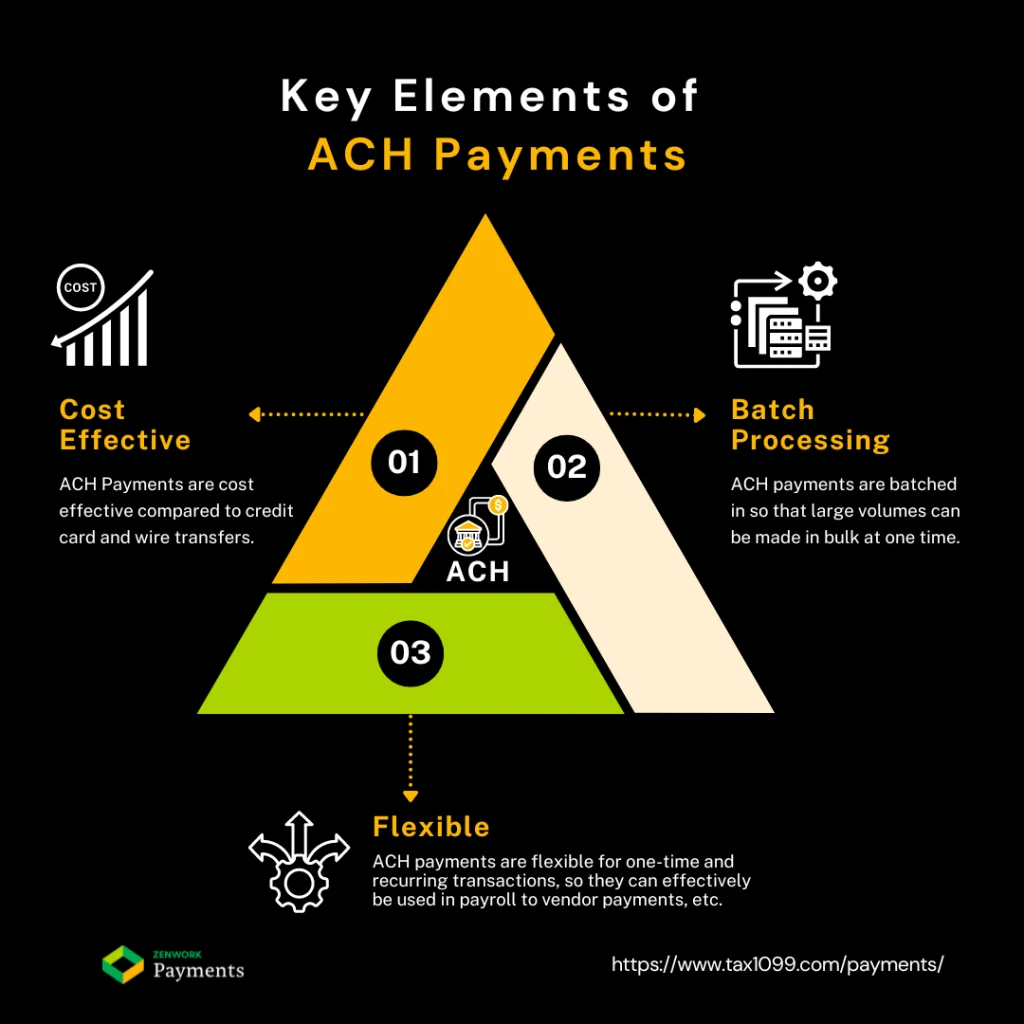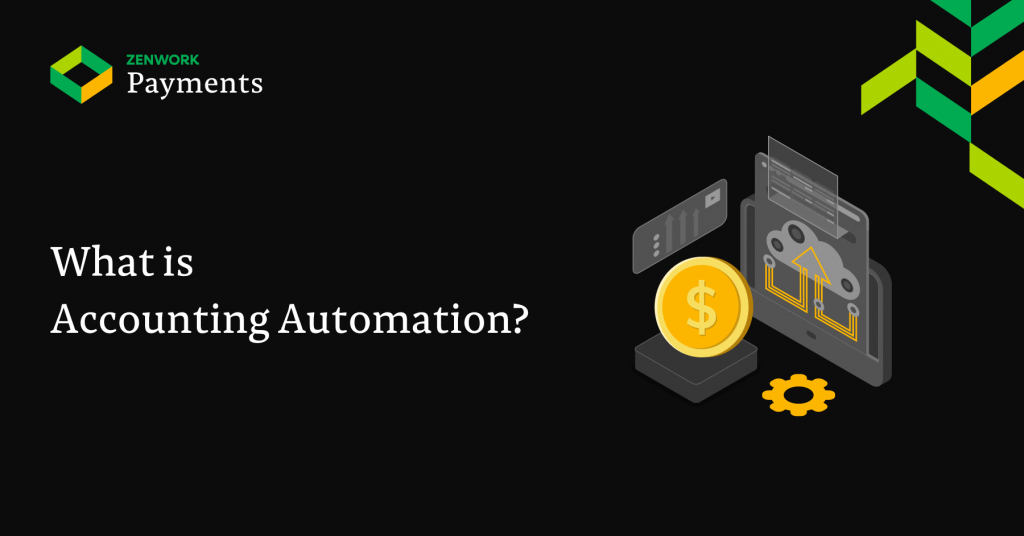
What is Accounting Automation?
Are you tired of spending countless hours on mundane accounting tasks? Do you find yourself drowning in a sea of numbers, receipts, and financial reports? If so, you’re not alone. Many businesses struggle with time-consuming accounting processes that eat into productivity and drain resources.
But what if there was a way to streamline your accounting tasks, boost efficiency, and free up your time for more strategic activities? Enter accounting automation – the game-changing solution that’s revolutionizing the financial world. In this blog post, we’ll dive deep into the world of accounting automation, exploring its benefits, implementation steps, and how it can transform your business operations. You’ll discover whether automation can truly replace human accountants and learn how to automate key accounting areas for maximum impact. Get ready to unlock the power of accounting automation and take your financial processes to the next level!
Definition of Accounting Automation
Accounting automation refers to the use of technology and software to streamline, simplify, and accelerate various accounting processes that were traditionally performed manually. This innovative approach leverages advanced tools and systems to handle repetitive tasks, reduce human error, and increase overall efficiency in financial management.
At its core, accounting automation involves the implementation of software solutions that can automatically capture, process, and analyze financial data. These systems are designed to handle a wide range of accounting functions, from basic bookkeeping to complex financial reporting, with minimal human intervention.
Key Components of Accounting Automation
Data Capture and Entry
One of the fundamental aspects of accounting automation is the ability to capture financial data quickly and accurately. This process involves:
- Optical Character Recognition (OCR) technology: Automatically extracts data from scanned documents, receipts, and invoices.
- Bank feed integration: Directly imports transactions from bank accounts and credit cards.
- Digital form submission: Allows for electronic input of financial information through customized forms.
Transaction Categorization
Automated systems can intelligently categorize transactions based on predefined rules or machine learning algorithms. This feature:
- Reduces manual data entry errors
- Ensures consistent categorization across all financial records
- Adapts to your business’s unique categorization needs over time
Reconciliation
Accounting automation simplifies the reconciliation process by:
- Matching transactions automatically between bank statements and accounting records
- Flagging discrepancies for review
- Providing real-time updates on account balances
Reporting and Analytics
Automated accounting systems excel in generating comprehensive financial reports and providing valuable insights:
- Real-time financial statements (balance sheets, income statements, cash flow statements)
- Customizable dashboards for key performance indicators (KPIs)
- Trend analysis and forecasting capabilities
Types of Accounting Automation Software
There are various types of accounting automation software available, each catering to different business needs and sizes:
| Software Type | Description | Best Suited For |
| Cloud-based Accounting Software | Accessible from anywhere, automatic updates, scalable | Small to medium-sized businesses |
| Enterprise Resource Planning (ERP) Systems | Comprehensive solution integrating various business processes | Large enterprises |
| Industry-specific Accounting Software | Tailored solutions for particular industries (e.g., healthcare, construction) | Businesses in specialized sectors |
| AI-powered Accounting Tools | Utilizes artificial intelligence for advanced analysis and prediction | Forward-thinking companies of all sizes |
How Accounting Automation Works
To understand the mechanics of accounting automation, let’s break down the process into several key steps:
- Data Input: Financial information is entered into the system through various means (e.g., manual entry, OCR, bank feeds).
- Processing: The software applies predefined rules and algorithms to categorize and organize the data.
- Reconciliation: Transactions are automatically matched and reconciled with bank statements and other financial records.
- Analysis: The system performs calculations, generates reports, and identifies trends or anomalies.
- Output: Results are presented in the form of financial statements, dashboards, or custom reports.
- Integration: Data is shared with other business systems (e.g., CRM, inventory management) for a holistic view of the company’s finances.
Areas of Accounting Impacted by Automation
Accounting automation has far-reaching effects across various aspects of financial management:
- Accounts Payable (AP): Automated invoice processing, approval workflows, and payment scheduling.
- Accounts Receivable (AR): Automated billing, payment reminders, and cash application.
- Payroll: Automated time tracking, tax calculations, and direct deposit payments.
- Expense Management: Digital receipt capture, automated expense report generation, and reimbursement processing.
- Financial Close: Streamlined month-end and year-end closing processes with automated journal entries and reconciliations.
- Tax Preparation: Automated data compilation and form filling for various tax requirements.
- Audit Trails: Comprehensive, automatically generated logs of all financial activities for easy auditing.
The Role of Artificial Intelligence in Accounting Automation
Artificial Intelligence (AI) is playing an increasingly significant role in advancing:
Machine Learning
- Improves transaction categorization accuracy over time
- Identifies patterns and anomalies in financial data
- Enhances fraud detection capabilities
Natural Language Processing (NLP)
- Enables voice-activated data entry and queries
- Improves the interpretation of unstructured financial data (e.g., contracts, emails)
Predictive Analytics
- Forecasts cash flow based on historical data and market trends
- Predicts potential financial risks and opportunities
Benefits of Implementing Accounting Automation
- Increased Accuracy: Minimizes human errors in data entry and calculations.
- Time Savings: Frees up staff to focus on strategic tasks rather than repetitive data entry.
- Cost Reduction: Lowers labor costs associated with manual accounting processes.
- Improved Compliance: Ensures adherence to accounting standards and regulatory requirements.
- Enhanced Decision-Making: Provides real-time financial insights for informed business decisions.
- Scalability: Easily adapts to growing business needs without proportional increases in workload.
- Better Cash Flow Management: Offers up-to-date visibility into financial position and projections.
- Increased Security: Implements robust data protection measures and access controls.
Challenges in Implementing Accounting Automation
While the benefits are substantial, businesses may face some challenges when transitioning to automated accounting:
- Initial Investment: The upfront cost of software and training can be significant.
- Resistance to Change: Employees may be hesitant to adopt new technologies and processes.
- Data Migration: Transferring historical financial data to new systems can be complex and time-consuming.
- Integration Issues: Ensuring seamless integration with existing business systems may require additional effort.
- Customization Needs: Off-the-shelf solutions may not fully meet unique business requirements.
Best Practices for Successful Accounting Automation Implementation
- Assess Your Needs: Evaluate your current accounting processes and identify areas that would benefit most from automation.
- Choose the Right Solution: Select software that aligns with your business size, industry, and specific requirements.
- Plan for Data Migration: Develop a comprehensive strategy for transferring historical financial data to the new system.
- Invest in Training: Ensure your team is well-trained on the new software and processes.
- Start Small: Begin with automating one or two key processes before expanding to full implementation.
- Regularly Review and Optimize: Continuously monitor the system’s performance and make adjustments as needed.
- Stay Informed: Keep up with the latest developments in accounting automation to leverage new features and capabilities.
The Future of Accounting Automation
As technology continues to evolve, the future of accounting automation looks promising:
- Increased AI Integration: More sophisticated AI algorithms will enhance predictive capabilities and decision-making support.
- Blockchain Technology: Implementation of blockchain could revolutionize areas like auditing and financial record-keeping.
- Internet of Things (IoT): Integration with IoT devices could provide real-time financial data from various business operations.
- Advanced Data Analytics: More powerful analytics tools will offer deeper insights into financial performance and trends.
- Robotic Process Automation (RPA): Further automation of routine tasks through software robots or “bots.”
Accounting Automation and the Changing Role of Accountants
With the rise of accounting automation, the role of accountants is evolving:
- Shift from Data Entry to Data Analysis: Accountants are spending less time on manual data entry and more on interpreting financial information.
- Advisory Services: There’s an increased focus on providing strategic financial advice to businesses.
- Technology Expertise: Accountants need to develop skills in using and managing automated accounting systems.
- Continuous Learning: Staying updated with the latest accounting automation trends and technologies is crucial.
Choosing the Right Accounting Automation Solution
Selecting the appropriate accounting automation software is crucial for successful implementation. Consider the following factors:
- Scalability: Ensure the solution can grow with your business.
- Integration Capabilities: Look for software that can easily integrate with your existing systems.
- User-Friendliness: Choose a solution with an intuitive interface to minimize the learning curve.
- Customization Options: Opt for software that allows for tailoring to your specific business needs.
- Support and Training: Consider the level of customer support and training resources provided by the vendor.
- Security Features: Ensure robust data protection measures are in place.
- Cost vs. Value: Evaluate the total cost of ownership against the expected benefits and ROI.
Case Studies: Successful Accounting Automation Implementation
To illustrate the real-world impact of accounting automation, let’s look at a few brief case studies:
- Small Retail Business: A local boutique implemented cloud-based accounting software, reducing bookkeeping time by 70% and improving inventory management accuracy by 95%.
- Mid-sized Manufacturing Company: By automating their accounts payable process, the company reduced invoice processing time from 2 weeks to 2 days and captured early payment discounts, saving $50,000 annually.
- Large Financial Services Firm: Implementation of an AI-powered reconciliation system reduced the monthly close process from 10 days to 3 days and improved accuracy by 99.9%.
These examples demonstrate the transformative potential of accounting automation across various business sizes and industries.


